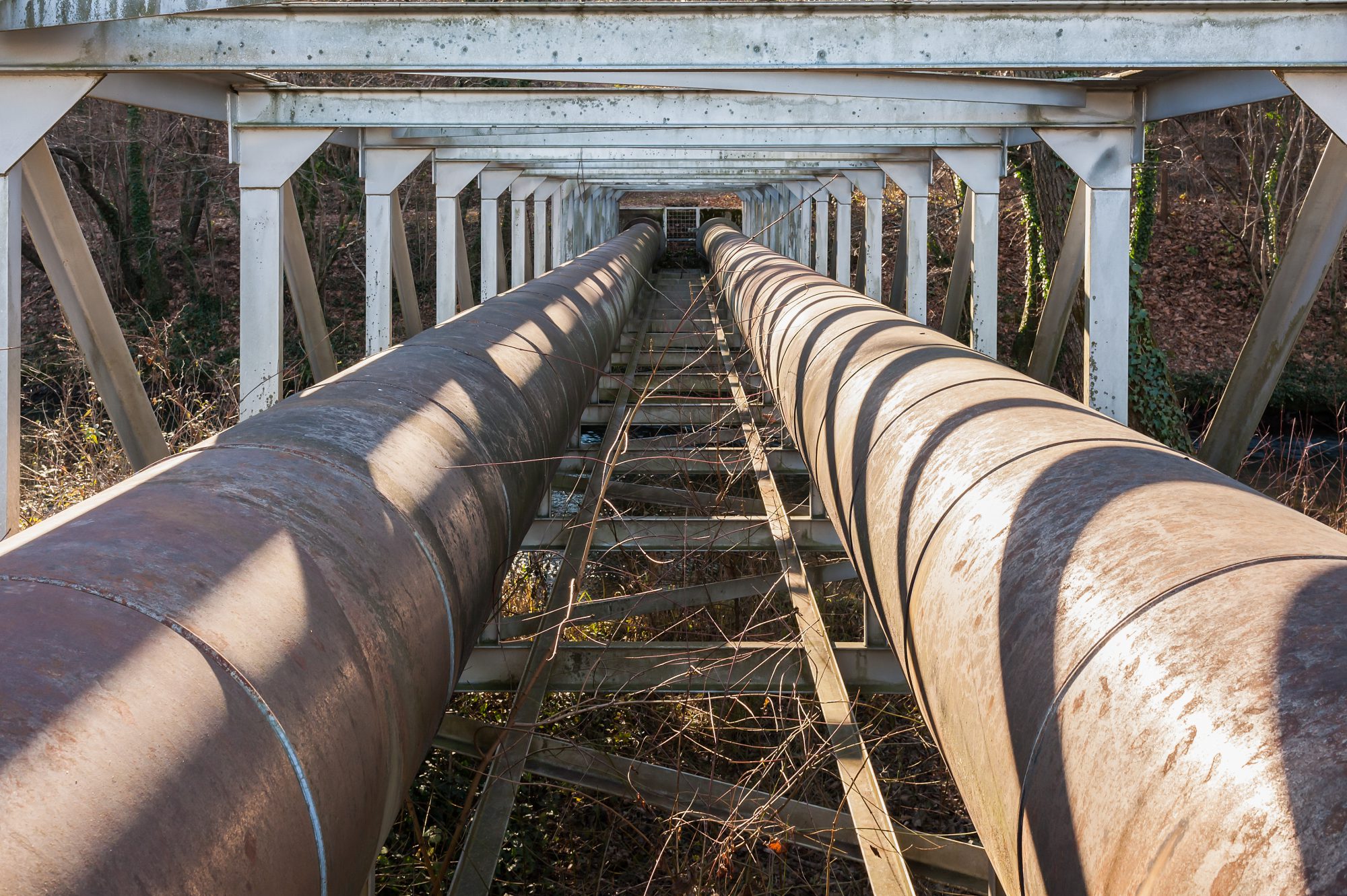Biofouling and biocorrosion are significant concerns in the oil and gas industry, especially for pipelines that transport critical resources. These processes involve deleting metal surfaces by microorganisms, leading to severe issues like cracking, pitting, and overall corrosion of the pipeline infrastructure. With modern pipelines’ increasing complexity and demands, understanding and addressing biofouling has become more critical than ever.
Biofouling occurs when microorganisms present in environments such as oil fields, produced water, and marine sediments adhere to metal surfaces, forming biofilms. These biofilms, composed of extracellular polymeric substances (EPS), create a protective environment for the microorganisms, allowing them to thrive and further attack the metal surface.
The microorganisms involved in biofouling can cause biocorrosion by secreting corrosive substances or directly harvesting electrons from the metal for respiration. This process compromises the structural integrity of pipelines and leads to costly maintenance and operational downtimes.
The Impact of Biocorrosion on Pipelines
Biocorrosion, driven by the activity of biofilms, is a significant factor in the deterioration of pipeline infrastructure. The microorganisms involved in this process include:
- Sulfate-reducing bacteria (SRB).
- Iron-reducing bacteria (IRB).
- Various other microbial groups contribute to steel and other metal corrosion in pipelines.
The electrochemical reactions triggered by these microorganisms result in pits and cracks on the pipeline surface, leading to leaks or even catastrophic failures if not adequately managed. The presence of these microorganisms also alters the surrounding environment, exacerbating the corrosion process.
DragX: A Revolutionary Solution for Combating Biofouling
In the fight against biofouling and biocorrosion, innovative surface treatments like DragX are emerging as crucial solutions. DragX is designed to protect pipeline surfaces from the harmful effects of biofilm formation and microbial corrosion. By providing a protective barrier, DragX not only reduces the adhesion of microorganisms to the pipeline surface but also enhances the overall integrity and lifespan of the pipeline.
This advanced surface treatment works synergistically with other biocorrosion prevention methods, such as chemical inhibitors and regular maintenance practices, to ensure pipelines remain free from harmful microbial activities. The application of DragX can significantly reduce maintenance costs, prevent leaks, and ensure the safe and efficient operation of pipelines over their lifespan.
The Future of Pipeline Integrity
As the oil and gas industry continues to evolve, the challenges associated with biofouling and biocorrosion will persist. However, with advanced solutions like DragX and the integration of cutting-edge technologies in biofouling analysis, the industry is better equipped to tackle these issues head-on. Ensuring pipeline integrity through effective biofouling management is not only critical for operational efficiency but also for the safety and sustainability of the entire industry.
By understanding the complex interactions between microorganisms and pipeline materials, and by employing innovative surface treatments like DragX, operators can protect their infrastructure, reduce costs, and maintain the reliability of their operations in even the most challenging environments.
Biofouling and biocorrosion represent critical challenges for pipeline integrity, but with the right tools and treatments, these issues can be effectively managed. DragX stands out as a leading solution in this fight, offering enhanced protection and extending the lifespan of pipelines. As the industry continues to face the pressures of modern operations, adopting such advanced technologies will be key to maintaining pipeline safety and efficiency. Explore DragX and its benefits with experts here.

